Filter by
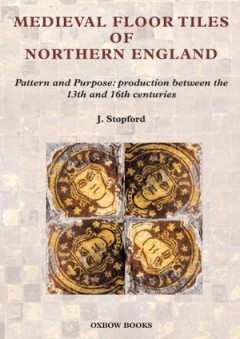
Medieval Floor Tiles of Northern England Pattern and purpose: production bet…
This study of the design, manufacture and use of medieval floor tiles shows the long-lasting influence achieved in the north of England, especially by the Cistercian monasteries. It serves to demonstrate how these monastic houses made use of the resources and contacts available to them. The study focuses on one of the richest medieval floor tile assemblages in the world, with material from 118 …
- Edition
- -
- ISBN/ISSN
- -
- Collation
- -
- Series Title
- -
- Call Number
- -
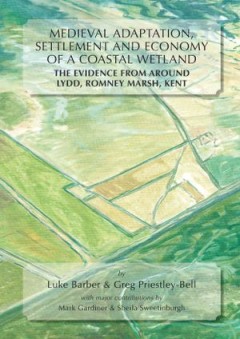
Medieval Adaptation, Settlement and Economy of a Coastal Wetland
Romney Marsh is the largest coastal lowland on the south coast of England. Since 1991 excavations in advance of gravel extraction around Lydd on Romney Marsh, have uncovered large areas of medieval landscape, one of the largest to be exposed in southern England. Features uncovered include 12th-13th century drainage ditches, ditched field systems and sea defences. Also of particular significance…
- Edition
- -
- ISBN/ISSN
- 9781789256505
- Collation
- -
- Series Title
- -
- Call Number
- -
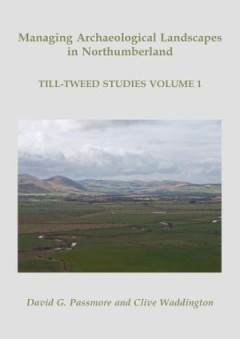
Managing Archaeological Landscapes in Northumberland Till Tweed Studies Volu…
The Till-Tweed river catchment areas in Northumberland contain outstanding archaeological and palaeoenvironmental remains which have been in general only poorly understood. This study has assembled detailed data that will provide a platform for future landscape-based research and site-based investigation. Written from a landscape, or geoarchaeological perspective, this study develops a methodol…
- Edition
- -
- ISBN/ISSN
- -
- Collation
- -
- Series Title
- -
- Call Number
- -
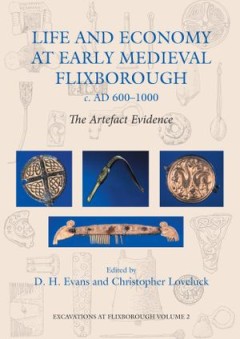
Life and Economy at Early Medieval Flixborough, c. AD 600-1000 The Artefact …
Between 1989 and 1991, excavations in the parish of Flixborough, North Lincolnshire, unearthed remains of an Anglo-Saxon settlement associated with one of the largest collections of artefacts and animal bones yet found on such a site. In an unprecedented occupation sequence from an Anglo-Saxon rural settlement, six main periods of occupation have been identified, dating from the seventh to the …
- Edition
- -
- ISBN/ISSN
- 9781842173107
- Collation
- -
- Series Title
- -
- Call Number
- -
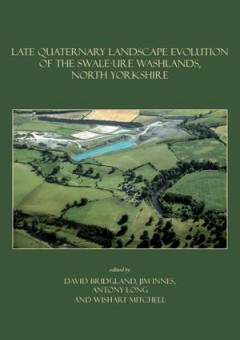
Late Quaternary Landscape Evolution of the Swale-Ure Washlands, North Yorkshire
Reporting on a multi-disciplinary project this book seeks to reconstruct the history since the last glaciation of the area between and including the middle reaches of the Rivers Swale and Ure in Yorkshire. Included in this history are both natural changes, determined from studies of landforms and sediments, and human-induced changes, recorded in archaeological and geo-archaeological records. Th…
- Edition
- -
- ISBN/ISSN
- 9781842176146
- Collation
- -
- Series Title
- -
- Call Number
- -
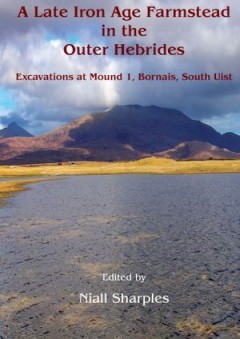
A Late Iron Age farmstead in the Outer Hebrides Excavations at Mound 1, Born…
The settlement at Bornais consists of a complex of mounds which protrude from the relatively flat machair plain in the township of Bornais on the island of South Uist. This sandy plain has proved an attractive settlement from the Beaker period onwards; it appears to have been intensively occupied from the Late Bronze Age to the end of the Norse period. Mound 1 was the original location for sett…
- Edition
- -
- ISBN/ISSN
- 9780000000901
- Collation
- -
- Series Title
- -
- Call Number
- -
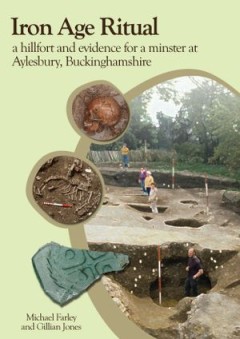
Iron Age Ritual A hillfort and evidence for a minster at Aylesbury, Buckingh…
The excavation of an area within the grounds of the Prebendal, Aylesbury, Buckinghamshire, adjacent to the parish church of St Mary's, showed that the town, which lies on a slight spur, is sited within a univallate Iron Age hillfort. Early-Middle Iron Age activity included the creation of a notable ritual area contaning the burials of four children and a young woman, most accompanied by animals…
- Edition
- -
- ISBN/ISSN
- 9781789256536
- Collation
- -
- Series Title
- -
- Call Number
- -
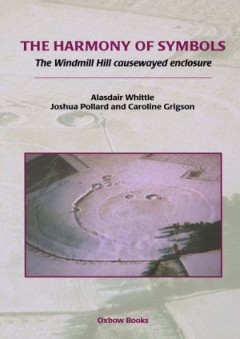
The Harmony of Symbols
Three circuits of ditches comprise the Windmill Hill enclosure, which was re-examined in 1988 as part of wider research into the area's Neolithic sequence and environment, and the context in which monuments were built, used and abandoned. Detailed results are set out by category and theme, and abundant environmental evidence is presented covering soils, land snails, plant remains, charcoals, po…
- Edition
- -
- ISBN/ISSN
- 9781789256482
- Collation
- -
- Series Title
- -
- Call Number
- -
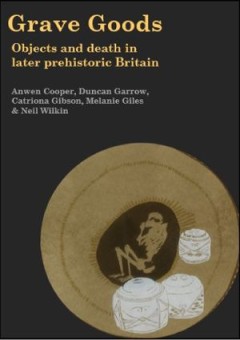
Grave Goods Objects and Death in Later Prehistoric Britain
Britain is internationally renowned for the high quality and exquisite crafting of its later prehistoric grave goods (c. 4000 BC to AD 43). Many of prehistoric Britain's most impressive artefacts have come from graves. Interred with both inhumations and cremations, they provide some of the most durable and well-preserved insights into personal identity and the prehistoric life-course, yet they …
- Edition
- -
- ISBN/ISSN
- 9781789257489
- Collation
- -
- Series Title
- -
- Call Number
- -

Fiskerton Iron Age Timber Causeway with Iron Age and Roman Votive Offerings
Fiskerton, located in the Witham valley of Lincoln, is one of only a handful of excavated sites in Europe to reveal the Iron Age practice of ritually destroying special and elite objects by placing them in a body of water. This volume reports on the 1981 excavations on the bank of the River Witham and provides fascinating insights into this important aspect of Iron Age religion and culture. A r…
- Edition
- -
- ISBN/ISSN
- 9781789256499
- Collation
- -
- Series Title
- -
- Call Number
- -
 Computer Science, Information & General Works
Computer Science, Information & General Works  Philosophy & Psychology
Philosophy & Psychology  Religion
Religion  Social Sciences
Social Sciences  Language
Language  Pure Science
Pure Science  Applied Sciences
Applied Sciences  Art & Recreation
Art & Recreation  Literature
Literature  History & Geography
History & Geography